Cracks in the System
Cybersecurity threats don’t always kick the door down—sometimes, they slip in through the cracks. This month, we’re spotlighting three subtle but serious security risks that could be undermining your defences right now.

Article 1: With this being the first in a series of articles around Generative Design within the Manufacturing sector; a good starting point would be to set the scene as to what Generative Design is and what it can mean to you and your business.
Generative Design is a toolset and process for design exploration. You can enter your design objectives into Generative Design, alongside parameters such as performance requirements, materials, manufacturing methods and the cost constraints. The toolset then quickly generates, utilising the cloud and numerous design alternatives, allowing you to explore all working outcomes.
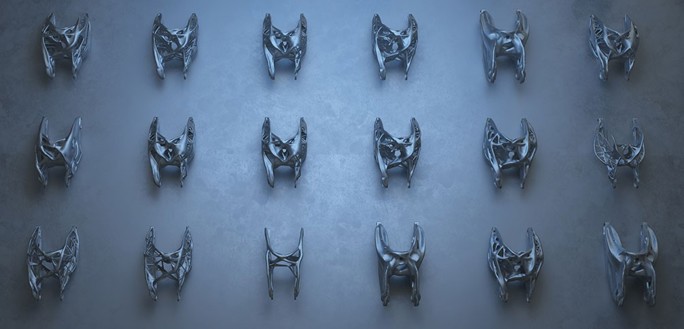
All companies have and will continue to design, engineer, and manufacture their products in their own way. However, Generative Design is here to help provide insights into alternative and optimised outcomes. It is easier to break down the various benefits, as different businesses will look for different outcomes.
The Generative Design process factors in manufacturing processes, such as additive manufacturing, 5-axis, 3-axis and more methods, at an early design stage in the development process. Meaning that generated outcomes already factor in what manufacturing facilities you and your business have access to, allowing you to get to market faster.

Examples you will see from Generative Design have an obvious lack of material, when compared with more traditional outcomes. This is an integral part of the calculations happening within the algorithm. Enhancing mass and material use, while maintaining high-performance standards and engineering constraints.
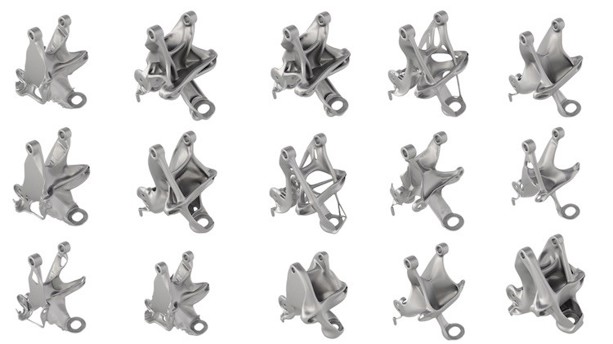
Generative Design helps to improve and elevate your products durability, whilst eliminating areas of weakness from a design. Offering you and your business different possibilities, that may not have come to the surface otherwise.
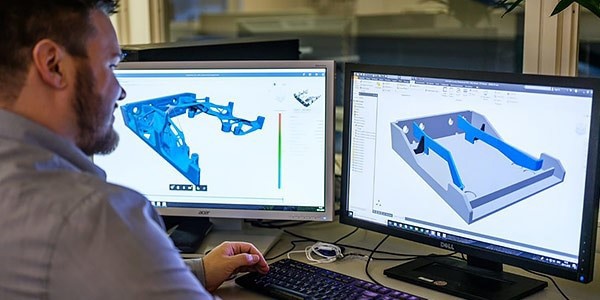
With the increasing use and accessibility of additive manufacturing techniques, combined with Generative Design outcomes. Offers the possibility to consolidate multiple components into fewer solid parts.
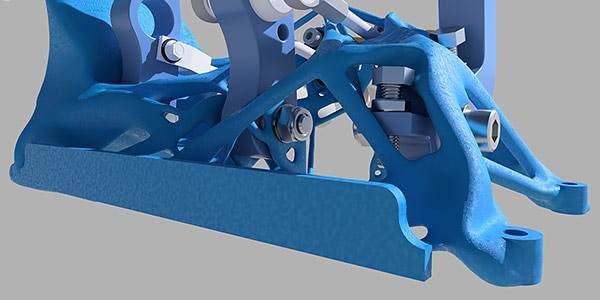
The Generative Design process can help you meet your sustainability goals, through light weighting, minimising waste and highlighting more sustainable materials.
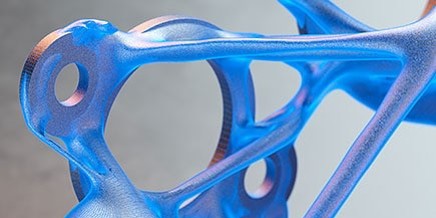
Generative Design having been in development for some time, is not new to Autodesk. This means there are a lot of businesses who have already benefited from this technology and the benefits highlighted above. To round out this first article and to offer some inspiration as to where you and your business could use this unique technology. We wanted to illustrate a few examples to show the breadth of outcomes that can be achieved alongside the gains experiencing by the businesses involved.
I hope you found this helpful! Look out for our next Generative Design Manufacturing focused article, where I will explore the technologies and workflows available to you and your businesses, making the above possible today.
Cybersecurity threats don’t always kick the door down—sometimes, they slip in through the cracks. This month, we’re spotlighting three subtle but serious security risks that could be undermining your defences right now.
Learn what Product Lifecycle Management (PLM) is and how it helps teams manage product data, processes, and collaboration across the lifecycle. Discover the key benefits and PLM tools driving innovation.
If you are an Autodesk Vault user in the mechanical engineering and manufacturing industry, you are likely familiar with the challenges of managing design data. While Vault provides a solid foundation for storing and organising design data, it falls short in some critical areas. You might have noticed this if you ever wanted to automate workflows or configure company-specific rules and processes in Vault. Let’s dive into these challenges and possible solutions.
